What is the tolerance range of precision screws?
What is the tolerance range of precision screws?
Service Hotline
+86760-8787 8587We have more than ten years of production experience in the screw industry, the main products are: Phillips round head screws, socket welding nuts, black 912 cup head hexagon socket head bolts, knock-on-lock rivet knock-on nails GB869 rivets, half-buckle screws, DIN929 hexagon welding Nuts, high-strength countersunk head rivets, cap copper nails, full hexagon screw nuts, nylon non-slip, hemispherical head caps, left-toothed countersunk nuts, cross recessed flat head machine screws, connection model aluminum rods, limit stopper bolts Other fasteners, due to the different materials and specifications of the products, the prices are also different, please contact us if necessary.


The conventional auger bit structure 1 includes a rod body 11, a screw head 12 provided on one end of the rod body 11, a drill tail 13 provided on the other end of the rod body 11, and a plurality of threads 14 arranged around the rod body 11; Wherein, the periphery of the drill tail 13 defines a parting line 15, and the parting line 15 makes the drill tail 13 symmetrically divided into a side 131 and a side 132, and a cutting end 133 is formed at the junction of the end of the side 131 and the end of the side 132, respectively. The cutting end 133 is concavely provided with a quarter-turn chip flute 134 in the same direction of the helix, and the edge 132 continues the chip flute 134 and has a quarter-turn chip flute 135 with different helical curvatures. , by connecting the chip groove 134 and the chip groove 135 through different helical curvatures, the drill tail 13 can form a symmetrical and complete chip groove of 186 degrees.
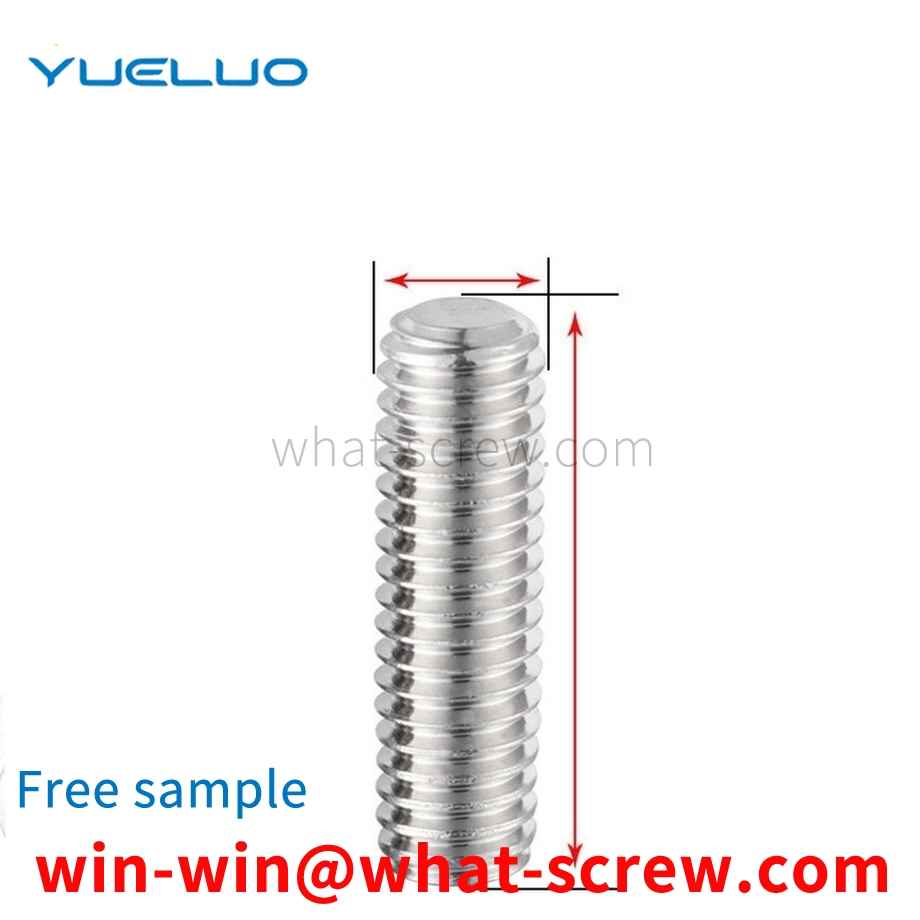
The upper part of the T-bolt is a screw rod, and the bottom end is a T-shaped head. It is equipped with a sleeve with an anchoring plate. The fastening equipment is installed by the anchoring force between the T-shaped head and the anchoring plate. The appearance of the equipment after installation is shown in Figure 1, in which the figure composed of black lines is a component composed of T-bolts and integral sleeves. When constructing civil foundations, the sleeves should be pre-buried first, and the T-bolts will not be used until the equipment is installed. Anchor into the sleeve.
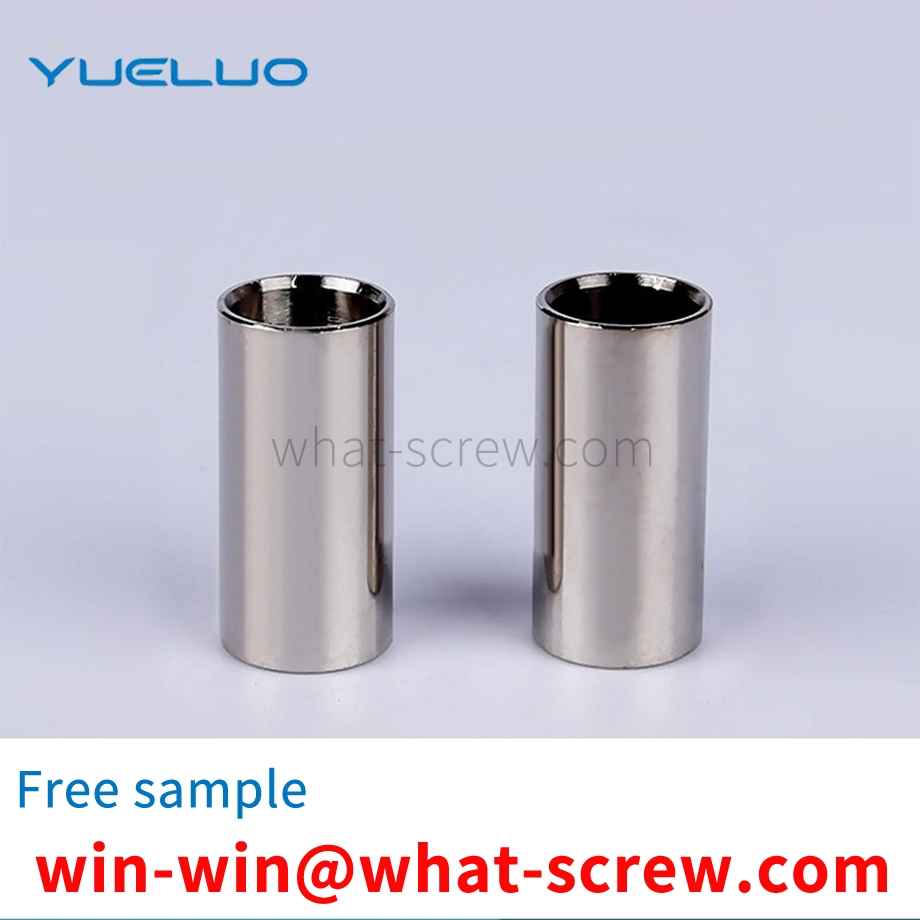
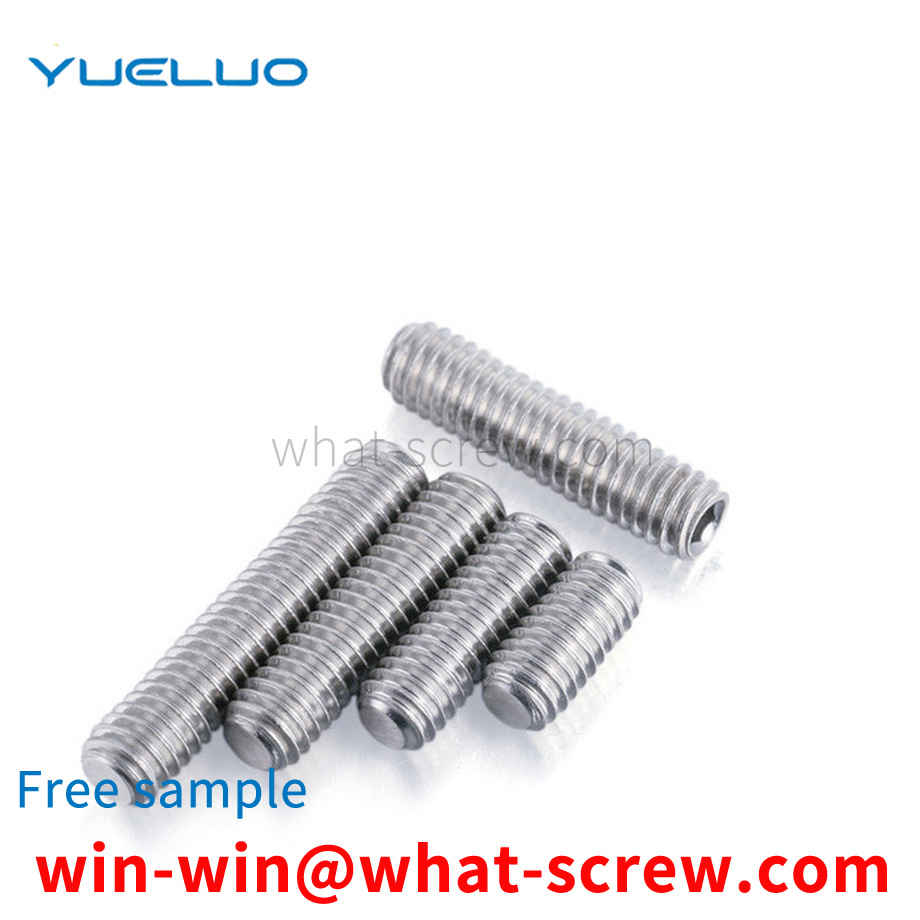
The hexagonal nut is used in conjunction with screws, bolts and screws to connect and fasten parts. Among them, the Type 1 six-purpose nut is the most widely used. The C-level nut is used for machines, equipment or structures with rough surface and low precision requirements; A-level and B-level nuts are used for relatively smooth surfaces and high precision requirements. machine, equipment or structure. The thickness M of the type 2 hexagon nut is thicker, and it is mostly used in occasions where assembly and disassembly are often required. The thickness M of the hexagonal thin nut is relatively thin, and it is mostly used in situations where the surface space of the connected parts is limited.
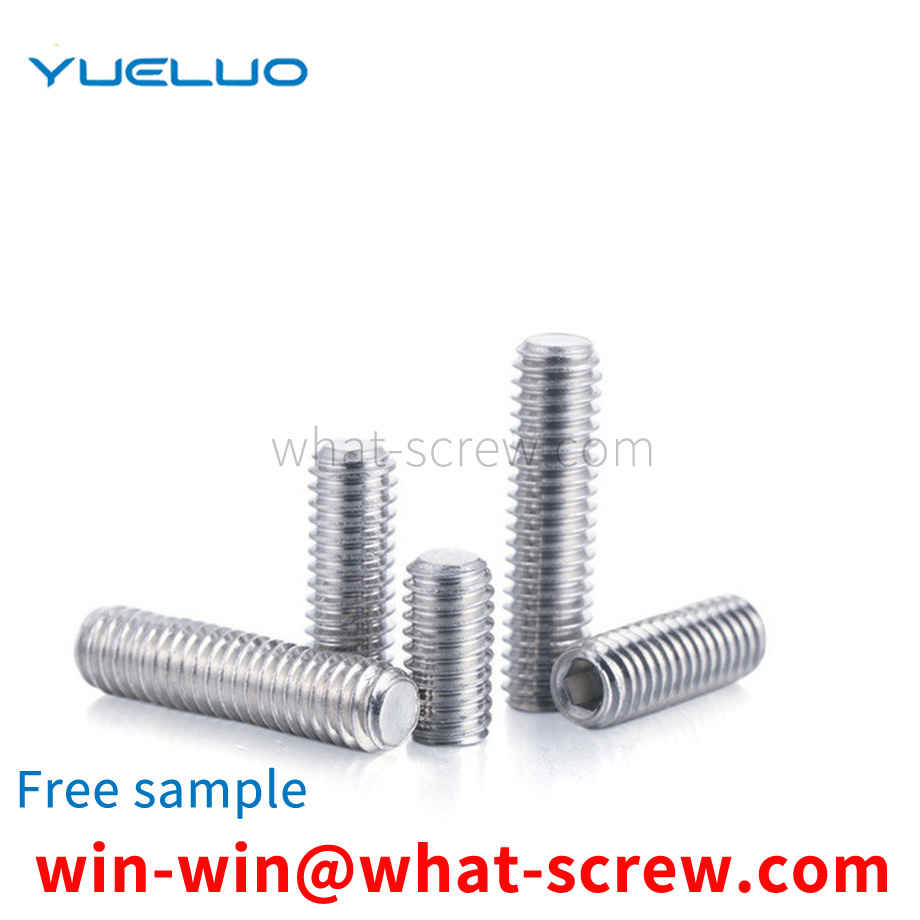
Earless retaining ring (known as Constant Section Rings abroad) is also called constant section retaining ring, because the cross section is equal, and there is no ear part protruding from the traditional stamping retaining ring, so it is called earless retaining ring. Earless retaining ring and spiral retaining ring have similarities in production, processing and use characteristics. They are both flattened and wound by steel wire. After heat treatment and surface treatment, they have good elasticity and toughness. Earless retaining ring is divided into two types: shaft use and hole use, and there are various forms of tail ends to choose from. The application of earless retaining ring is the same as that of traditional C-type retaining ring, which is widely used in hydraulic parts assembly, valves, instruments, various lock core components, needle roller bearings, pulleys, connectors, quick connectors and other mechanical assemblies.
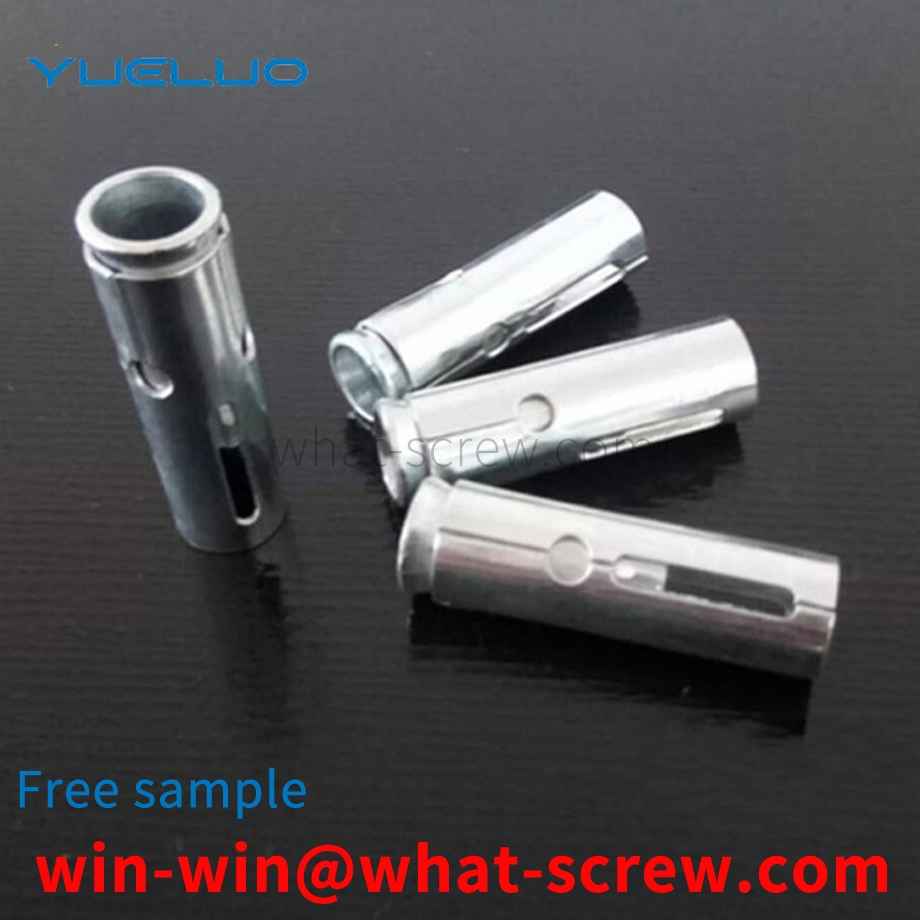
The above content is uploaded by Yueluo or the Internet. If there is any copyright issue, please contact [email protected].

What is the tolerance range of precision screws?

How to choose the right stainless steel screw manufacturer?

Why is there an R angle under the head of the hexagon head s...
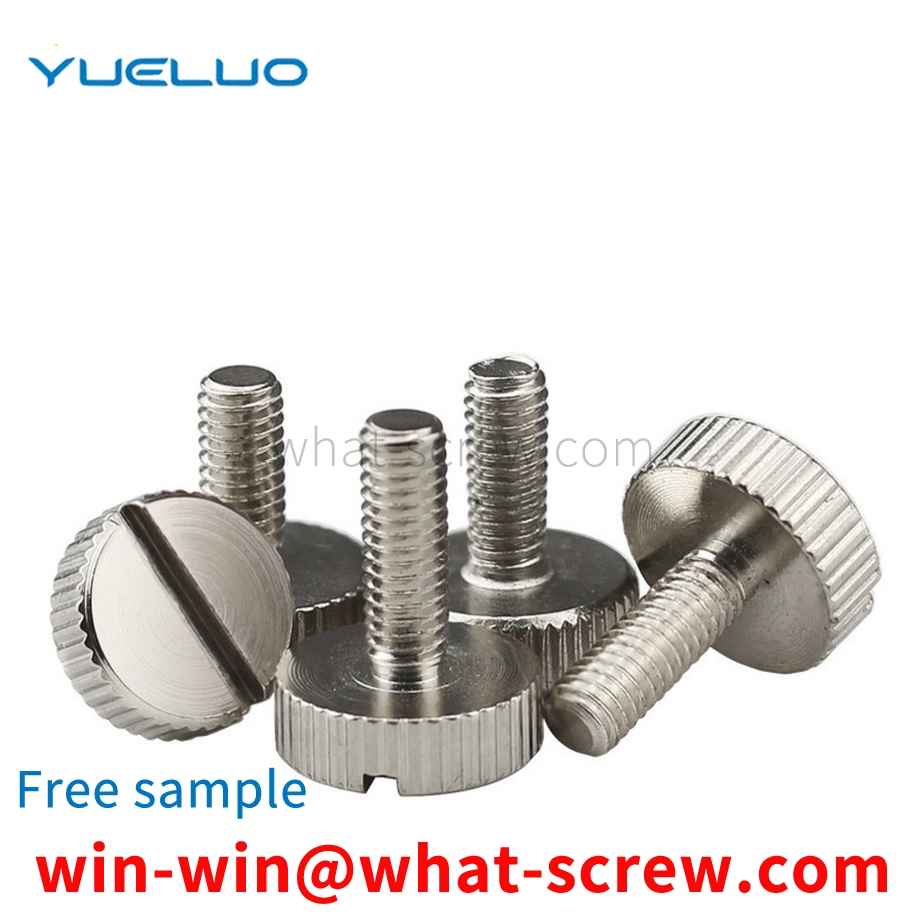
We have more than ten years of production experience in the ...

We have more than ten years of production experience in the ...
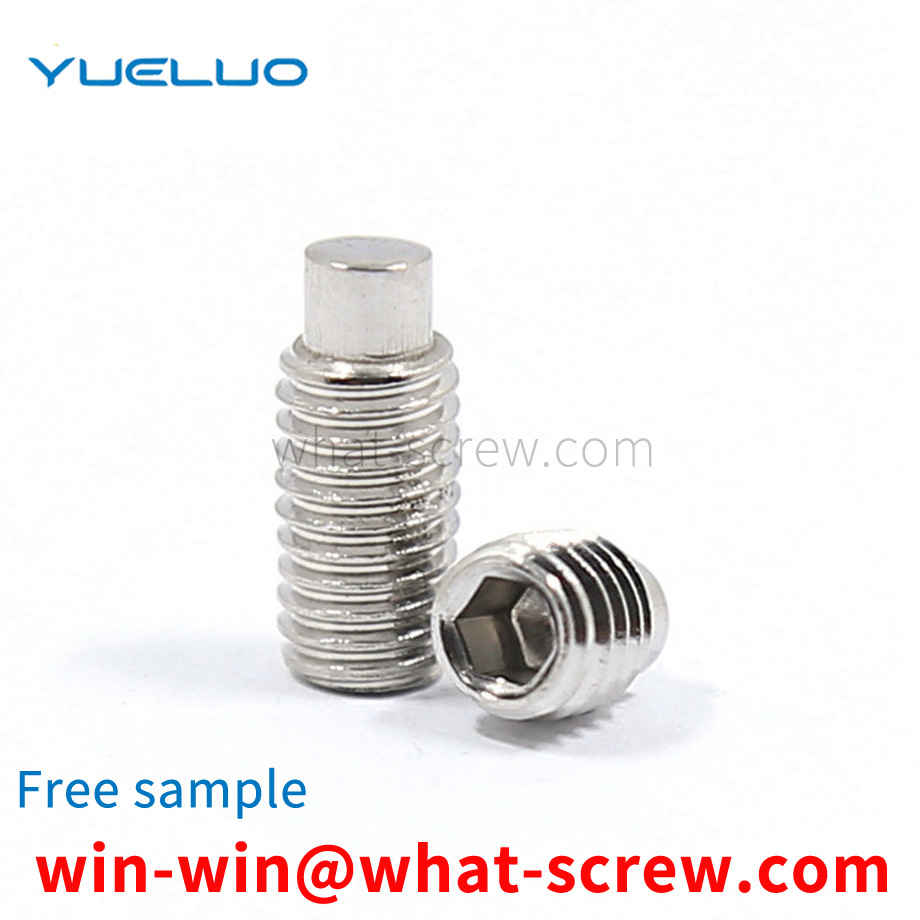
We have more than ten years of production experience in the ...
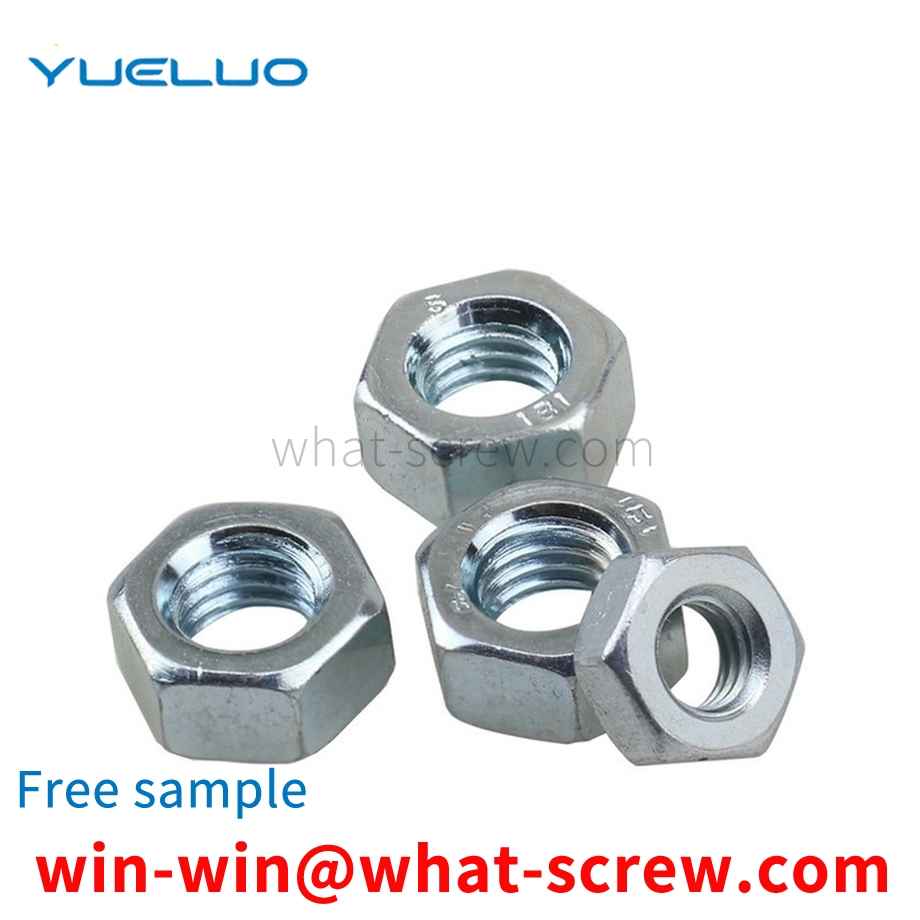
We have more than ten years of production experience in the ...